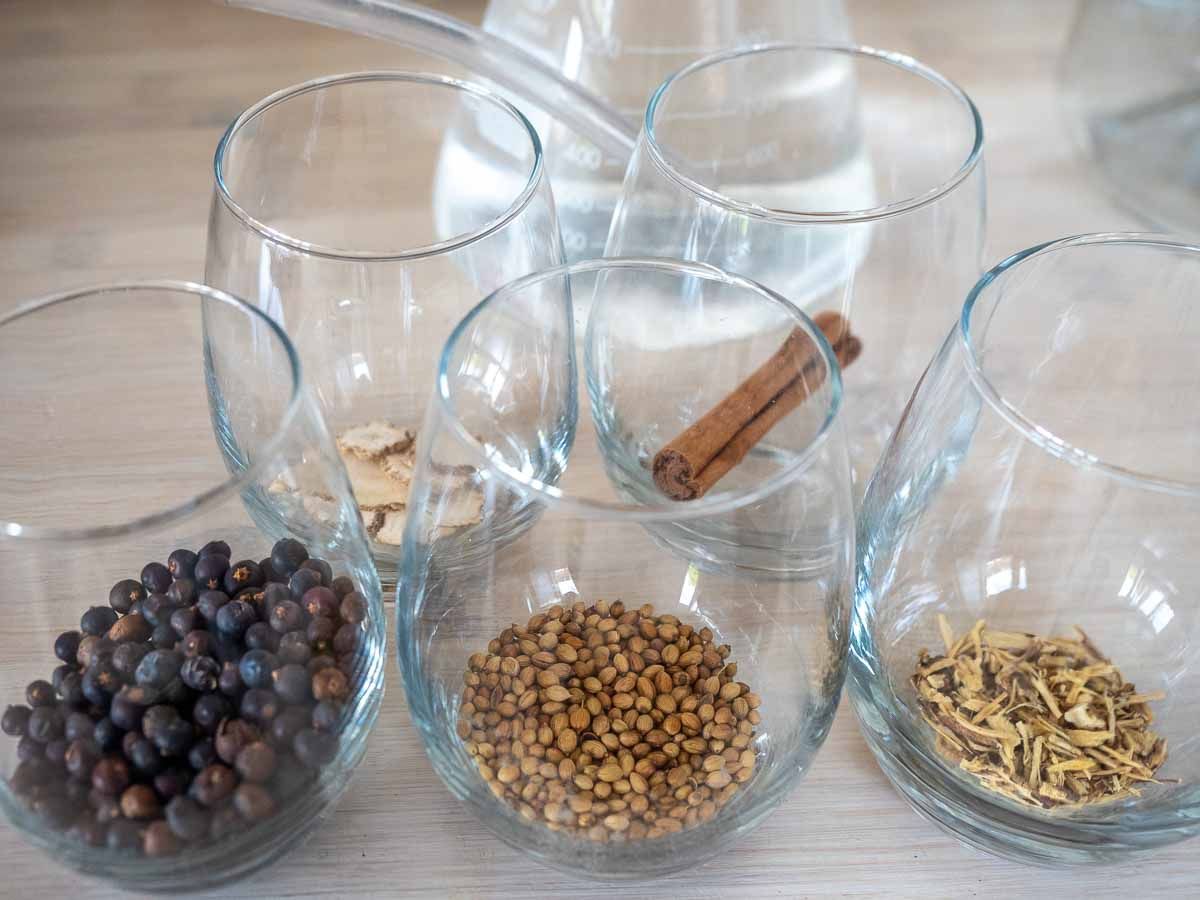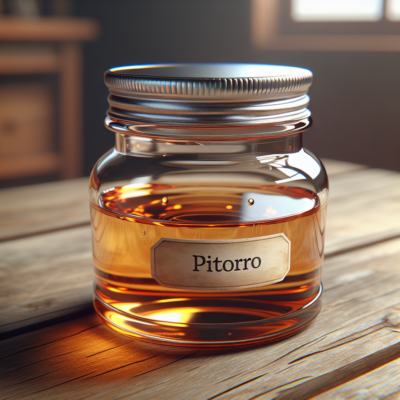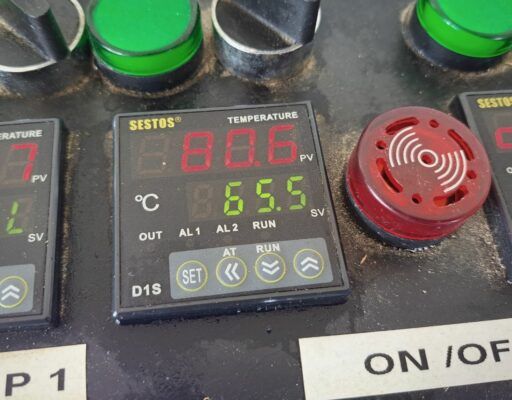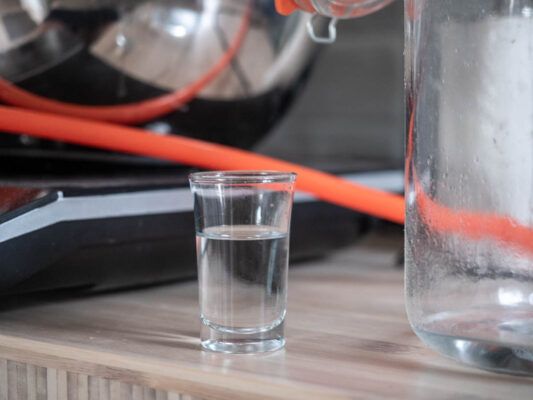Uncategorized
Macerated Gin Recipe (Try This!)
Maceration is a process of infusing the botanicals in a neutral spirit and allowing the alcohol to draw out the flavors overnight. Then the mixture is watered down to 40% ABV, added to the boiler of your gin still, and redistilled to produce a clear, colorless final gin.
Maceration tends to extract the flavors more efficiently and completely, since they spend more time in the alcohol. However, it’s also known to ‘over cook’ some botanicals since the are being boiled for hours before being collected.
In this post, I’ll share one of my favorite gin recipes using the Maceration method, with a few tips i’ve learnt along the way.

Table of Contents
What You Need
- 1 liters neutral spirit
- 20g juniper berries
- 4.5g coriander seeds, crushed
- 2.5g angelica root
- 2g cassia or cinnamon sticks
- 2g licorice root
- Glass Jars
What You Need
- 1 liters neutral spirit
- 20g juniper berries
- 4.5g coriander seeds, crushed
- 2.5g angelica root
- 2g cassia or cinnamon sticks
- 2g licorice root
- Glass Jars
Step 1: Preparing the botanicals
To start, we need to weight the ingredients. The recipe above is in grams per litre, so the first step is to scale the recipe for your batch size. (doing a gallon of gin? times everthing by 4!)
Next use some fine gram scales to measure out the exact quantites.
I gring each ingredient seperatly in a mortar ans pestle before combining.
when crushing the juniper, just crush enough to break open the berries. For the cardamom, you;ll want to smash open the husk. The other ingredients are self explanatory.


Step 2: Measure out your neutral spirit
We need to work out how much base neutral spirit to use. I recommend using a 95% neutral that you can make yourself, or buying something like Everclear which is also 95% ABV.
Tip: Don’t use regular vodka (40% ABV) as this will take weeks to extract the same amount of flavor that 95% ABV will do in a day (I tested this!)

Step 3: Macerating the botanicals
Next lets macerate the botanicals in our neutral spirit and
- Pour the neutral spirit into your boiler.
- Add the botanicals.
- Let the mixture steep for 24 hours.


Step 4: Running the still
- Turn on your heat source and let you still run.
- Collect the distillate into glass jars



Step 5: Blending & Bottling
- Dilute the spirit with water to 40% ABV.
- Transfer it into bottling jars.

My Top 6 Tips When Making Macerated Gin
First, a couple of tips when it comes to actually making gin. I put these first because hopefully, it means the recipes will make a little more sense.
1. Always work in grams
Measuring ingredients by weight rather than volume provides more accuracy and consistency. Also (as an engineer) a pet peeve of mine is seeing recipes say thinks like ‘1 piece of orange peel’. Like seriously – how big is that?
Like mentioned above, get yourself a good set (or two) of digital scales. One for large quantities of ingredients like Juniper, and one for small amounts of more delicate ingredients.

2. Normalise recipes for grams per litre
This means taking the weight of each ingredient and dividing it by the total volume of the spirits. This allows you to compare recipes easily, regardless of the volume of spirits you’re making.
It also means you can easily scale your recipes. Want to make 10L, simply times everything by 10x! (Yes, ok, in reality it doesn’t quite work that easily but that’s another book)
3. Always dilute with filtered water
This ensures that the water used to dilute the gin does not affect the taste. The topic of exactly what water to use is a big discussion. Do you use distilled water? De-ionized? RO filtered? Or do you collect fresh spring water with a natural terroir.
There’s no simple answer to this unfortunately. It comes down to price, taste, and what you actually have access to. But, I will say that 9 times out of 10 your household tap water won’t be good enough and could impair the taste or look of your gin.
4. Dry vs. wet weight ingredients
It’s important to note whether the recipe calls for dry or wet weight ingredients, as this will affect the amount of the ingredient used.
Generally speaking, all ingredients should be quoted as dried amounts. Dried ingredients are better because they store well, and are more consistent in flavor and concentration.
However, I find some ingredients only work when fresh. For example, dried orange peel doesn’t pop the same as fresh in season citrus – so be aware of this when reading and crafting recipes.
5. Leave overnight to air
Letting the gin sit overnight in an open container can help to release any unwanted flavors or aromas.
Similar to leaving the gin to mature, it also needs to air. This help drive off some of the highly volatile flavors and personally find it takes the edge off the flavor profile.
Note: Leaving it to air for too long can let the gin oxidize which may degrade some of the flavor compounds, so I’d suggest airing for 1 – 7 days.
6. Leave a week to mature before tasting
Gin can change flavor over time, so allowing it to sit for a week before tasting can help you identify any changes in flavor.
This may seem trivial, but I’ve made gins that taste terrible right off the still. I would pack up feeling disappointed that the past few hours of toil had been in vain.
However, when coming back to the gin a day, a week, or 2 weeks later it’s somehow transformed into something really enjoyable.
Final Thoughts
I hope you’ve enjoyed this gin recipe.
This is meant to show you just one of many gin making techniques, maceration. And primarily the idea of macerating then removing the botanicals before distillation.
If you want to keep experimenting, try leaving the botanicals in during distillation and see how the taste changes !
Alright, lets drink some gin.







